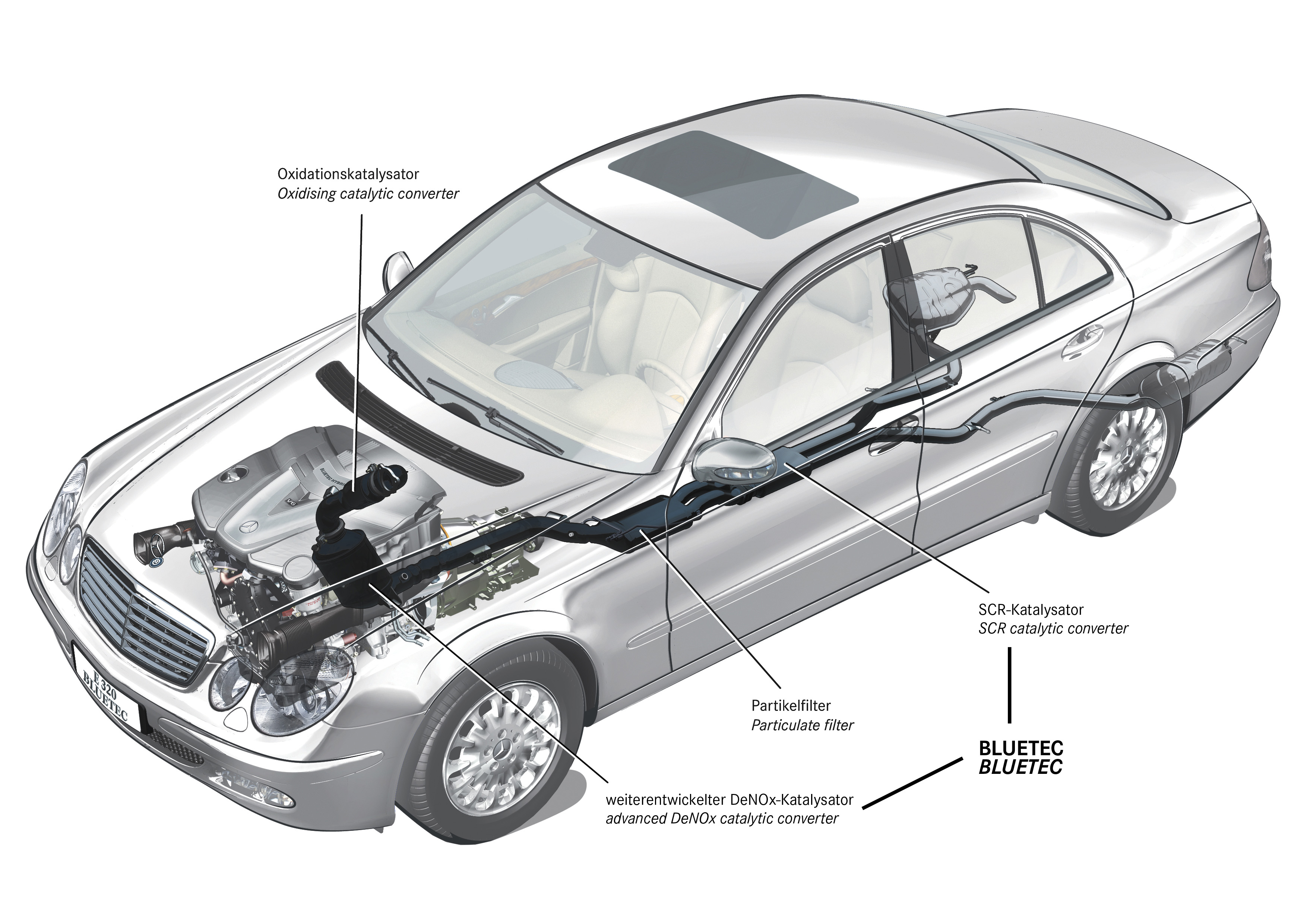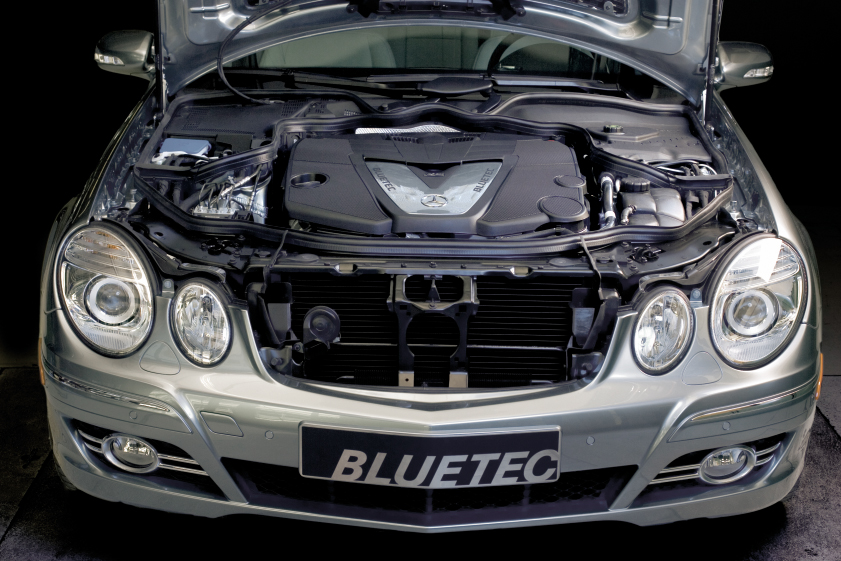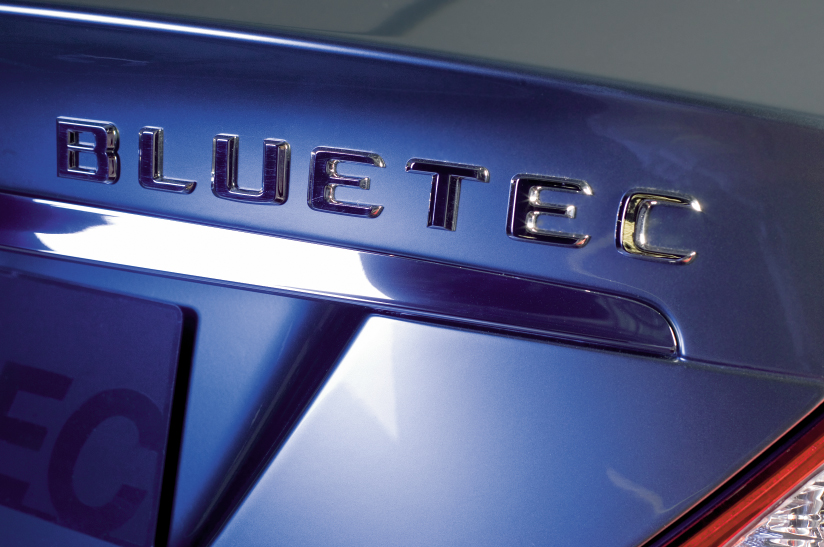Mercedes-Benz has long history of building diesel-powered cars. The 1936 Mercedes-Benz 260D was the world's first production diesel car. In the 1980s, a large number of Mercedes-Benz sold here were diesel powered. It stopped selling diesels in 1999, mostly because of ever more stringent emission requirements.

Recognizing American's demand for vehicles with good fuel economy without compromising utility, cargo capacity and performance, Mercedes-Benz has re-introduced several new diesel-powered vehicles. While diesel-powered passenger vehicles represented just 3 percent of the U.S. market in 2004, J.D. Power and Associates predicts they will comprise 11 percent of U.S. auto sales by 2012.
The E320 CDI, which has been offered for a couple of years, has been replaced by the E320 BLUETEC® luxury sedan. In addition, there is a new ML320 CDI SUV and R320 CDI Sports Tourer that also use BLUETEC technology. Unfortunately, these diesels will not be available in California, Maine, Maryland, New York, and Vermont because they do not pass the more stringent emission requirements in these five states.
And what is BLUETEC? There are two components to the BLUETEC - enhanced engines and an integrated emission-gas after-treatment system. The turbocharged V6 CDI engine?s combustion processes have been optimized as far as possible to reduce emissions. Then, carbon monoxide and hydrocarbons emissions are reduced using oxidizing catalytic converters, that is Diesel Oxidation Catalysts. Particulate matter is handled by a particulate filter, either as a separate element or integrated with one of the other BLUETEC components.

According to DaimlerChrysler, the new-generation V-6 diesel engine with CDI fuel injection technology yields up to 20 to 40 percent better fuel economy than comparable gasoline engines. The E320 BLUETEC is the only diesel-powered luxury sedan available in the U.S. that can deliver an estimated 780 miles on a tank of fuel.
BLUETEC is an umbrella term covering different after-treatment technologies chosen for the operating characteristics of the particular application. It is modular so it can be used on trucks, buses, cars, SUVs and even hybrids. For example, in order to meet very strict Euro-5 requirements, nitrogen oxides are handled by a Selective Catalytic Reduction system with a urea-based injection system rather than the DeNOx catalytic converter used on U.S. cars.
The aqueous urea solution is called AdBlue, thus the source of the name, BLUETEC. When AdBlue, which is odorless, non-toxic and stored in an onboard tank, is injected into the pre-scrubbed exhaust, ammonia is released. This causes the NOx to be reduced to harmless nitrogen and water in the downstream SCR catalytic converter. Injection is controlled by the engine management system.
If the AdBlue system were used on U.S. cars, they could probably meet emission standards in all fifty states. For years, DaimlerChrysler has been lobbying the EPA, a key opponent to urea injection systems, to get them accepted in the U.S. The company says since an average of around one gallon of AdBlue is needed for about 2,300 miles of driving, the AdBlue tank can be refilled during scheduled maintenance, taking it out of the hands of the owners. In Europe, there are now around 1,500 public-access AdBlue refuelling sites, ranging from the Arctic Circle to southern Spain and from Ireland to Moscow with several producers supplying AdBlue.

DaimlerChrysler has also developed a BLUETEC Hybrid prototype that combines the 3-liter BLUETEC V6 diesel with a high-torque electric motor in a "mild hybrid." While the diesel engine switches off when not needed, such as at traffic lights, the vehicle cannot run on the electric motor alone. The BLUETEC technology will be shared with the Chrysler Group and thus a Jeep- based prototype with a BLUETEC diesel has been developed. Here the AdBlue injection system is used for more robust NOx reduction. Thus, the Jeep Grand Cherokee BLUETEC would be a 50-state vehicle, if it reaches production.




